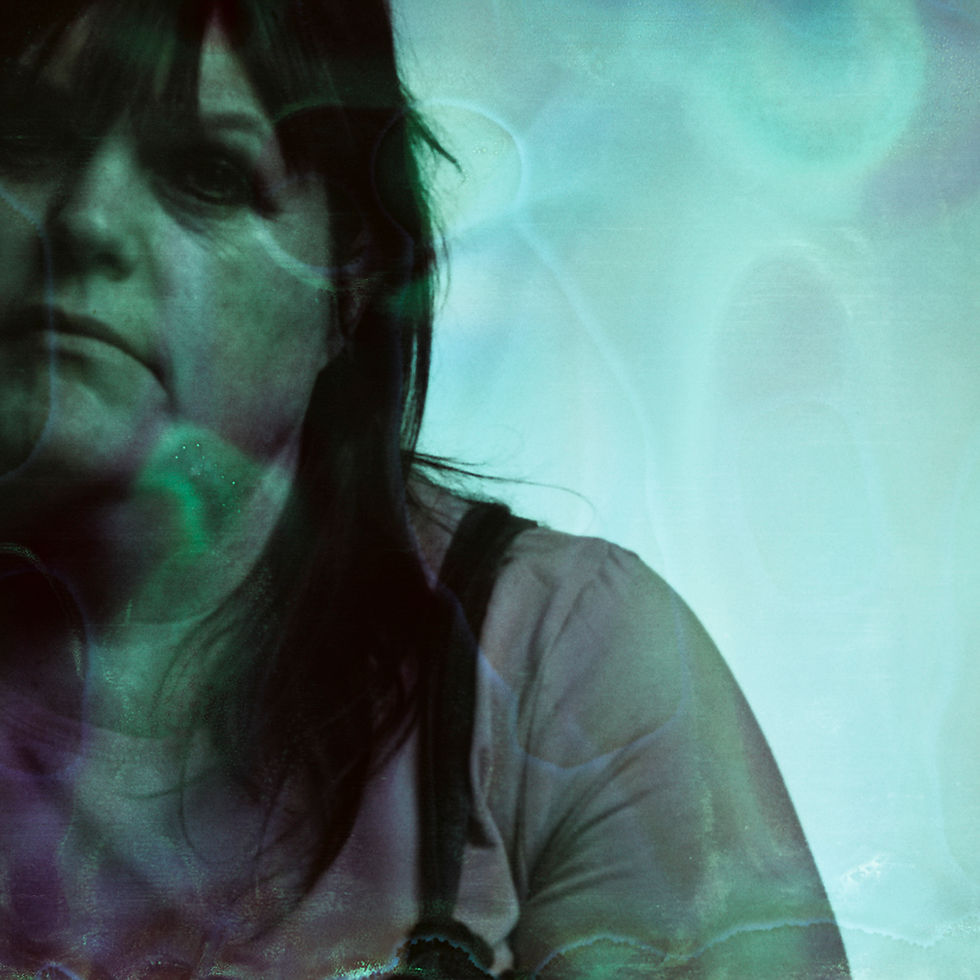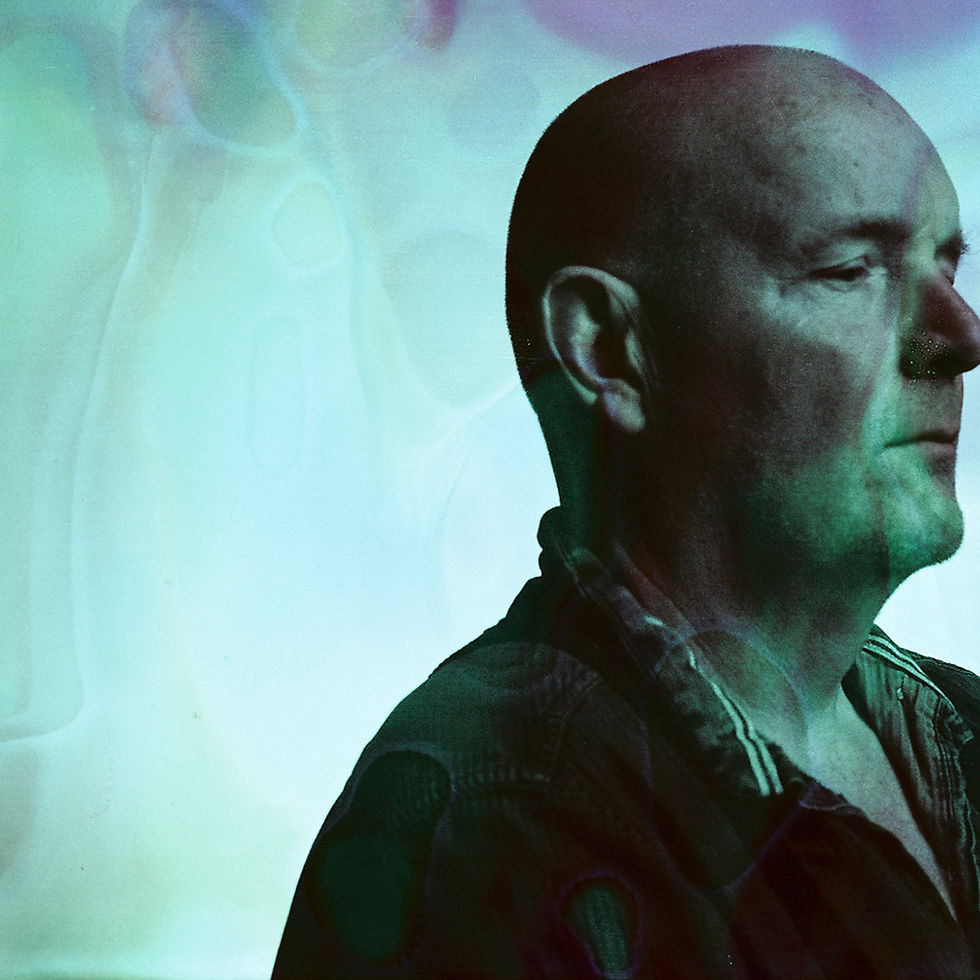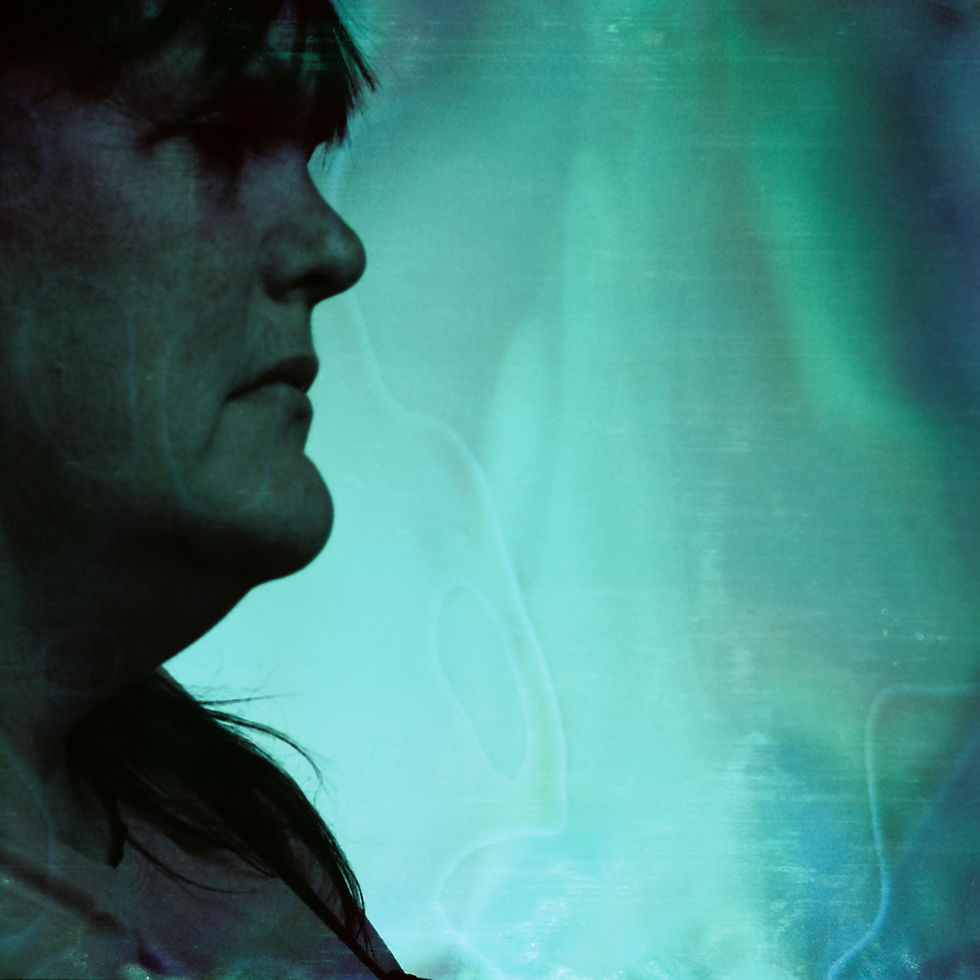Addiction and the family: a journey through images.
- Nick Shepley

- Jun 28, 2019
- 4 min read
The Living Room's artist in residence (who has asked to remain anonymous), has written for the Silver Lining blog this week a powerful, personal account of growing up with an addict in the family. Our artist has kindly reproduced original photography taken by themselves of members of the Living Room family group. The images depict those group members who have dealt with the addictions of loved ones, children and partners. (Images below are reproduced with kind permission from Owen Williams and Julie Nolloth).

I grew up in the home of an alcoholic. After living under that roof for 15 years I moved out (and around the country) in my early 20s, and was forced by circumstances to move back into that home several years later. Old patterns and power dynamics re-emerged immediately. It reached the point I could no longer be in the house from the late afternoon until the alcoholic finally passed out. A family member called me in the middle of a dinner meeting once to tell me I shouldn’t come home that night—the alcoholic was on a tear and I appeared to be the target of the anger. Anything could set off the alcoholic. If I said “hello.” If I neglected to say “hello.” One time I failed to realize I was blocking the view of the television and hell almost broke loose. Mercifully that night it was limited to storming off and slamming the door.
I came down with an “undiagnosable” illness. My life was further put on hold for a couple of years. I found a doctor who took me seriously and she helped me return to a relatively normal life, but the alcoholic still dominated by thoughts. The preoccupation was constant. I figured if I could fix the drinking problem my problems would subsequently disappear. I made decisions about what to eat, where to go, when to be somewhere (the list is all-encompassing, really) all based on how the alcoholic might react.

A friend unaware of my situation mentioned a recovery group she attends. After several weeks of debate I finally worked up the courage to go. The meeting was for men only, which felt safer at that moment. It was a lackluster experience to say the least. I reported back to my friend who suggested a different meeting which I attended the next week. The experience was like night and day. I connected with the stories of living with alcoholism that several members of that group shared that day. I cried silently in the middle of the audience almost the entire meeting. When I finally made it back to my car I slept for a couple hours amidst the tears of relief. The first of the twelve steps—admitting powerlessness—offered the release of a burden I didn’t realize I was carrying.
I didn’t have to fix the alcoholic anymore. I had permission to think about me.
Fast forward a few months and I’ve moved around the world and decided to begin exploring my relatively new journey into recovery using my preferred medium of photography. Research into emotional trauma and subsequent healing helped me articulate my own experience—one of pseudo-captivity in terms of domestic relationships, and one of losing all sense of who I was and how to live my own life. Identity dysregulation, or codependency in some usages of the term, seemed to be a common theme among the researchers I was reading.
I turned to the recovery groups to find portrait subjects and several folks from my meetings agreed to participate. The project shifted and changed over time, and there were the inevitable technical problems that crop up in any project, but the subjects continued to offer their time freely, making themselves available so that we could explore the trauma of addiction from our side of the fence.

After trying different setups that were interesting, but not quite right, we finally moved the sessions into a studio. For these shoots, the sitters were asked a different question about their behavior while living with an addict (e.g. “Do you feel a compulsion to control the behavior of others?” or “Have you ever borrowed money to facilitate someone else’s addiction?”) in between every press of the shutter.
After the film was exposed, with the latent images waiting to be developed, I soaked the canisters in alcohol to “traumatize” the film. The resulting distortions and degradation to the very physical nature of the film mirror—and are as unpredictable and varied as—the neurophysiological effects of emotional trauma itself that medical research is starting to illuminate for us.
Working with the subjects, we selected photos that help to communicate what it feels like to lose your sense of self when you’re in relationship with an addict. Some of the images people chose are very straightforward. No obscuring their features, not too much distortion from the alcohol. Other images hide more than they show (at least in terms of the face and expression). Each illustrates a part of the life-shifting suffering that becomes part and parcel of life with an addict.









Comments